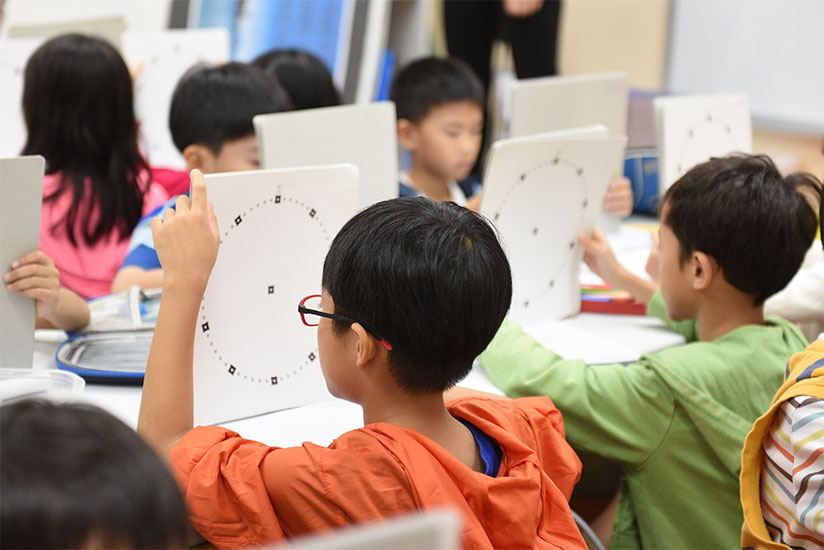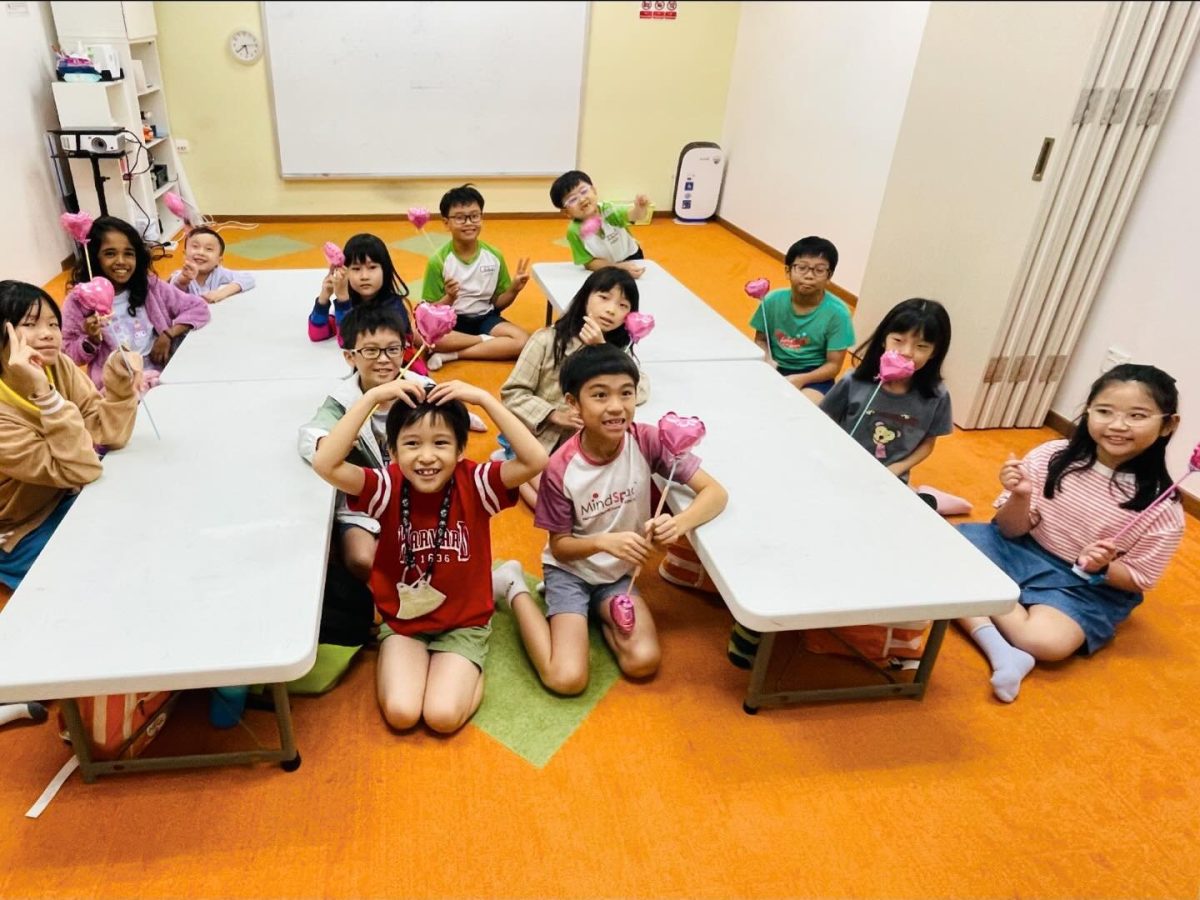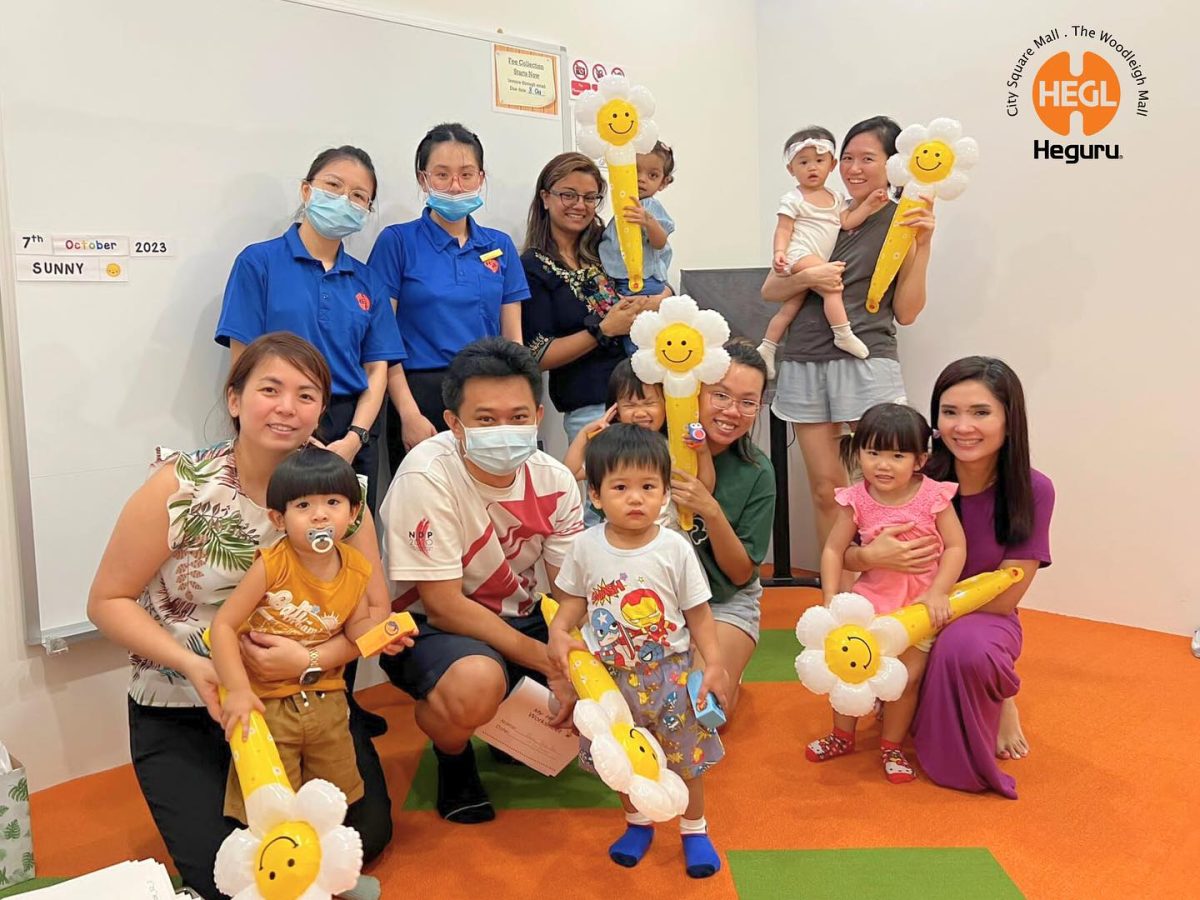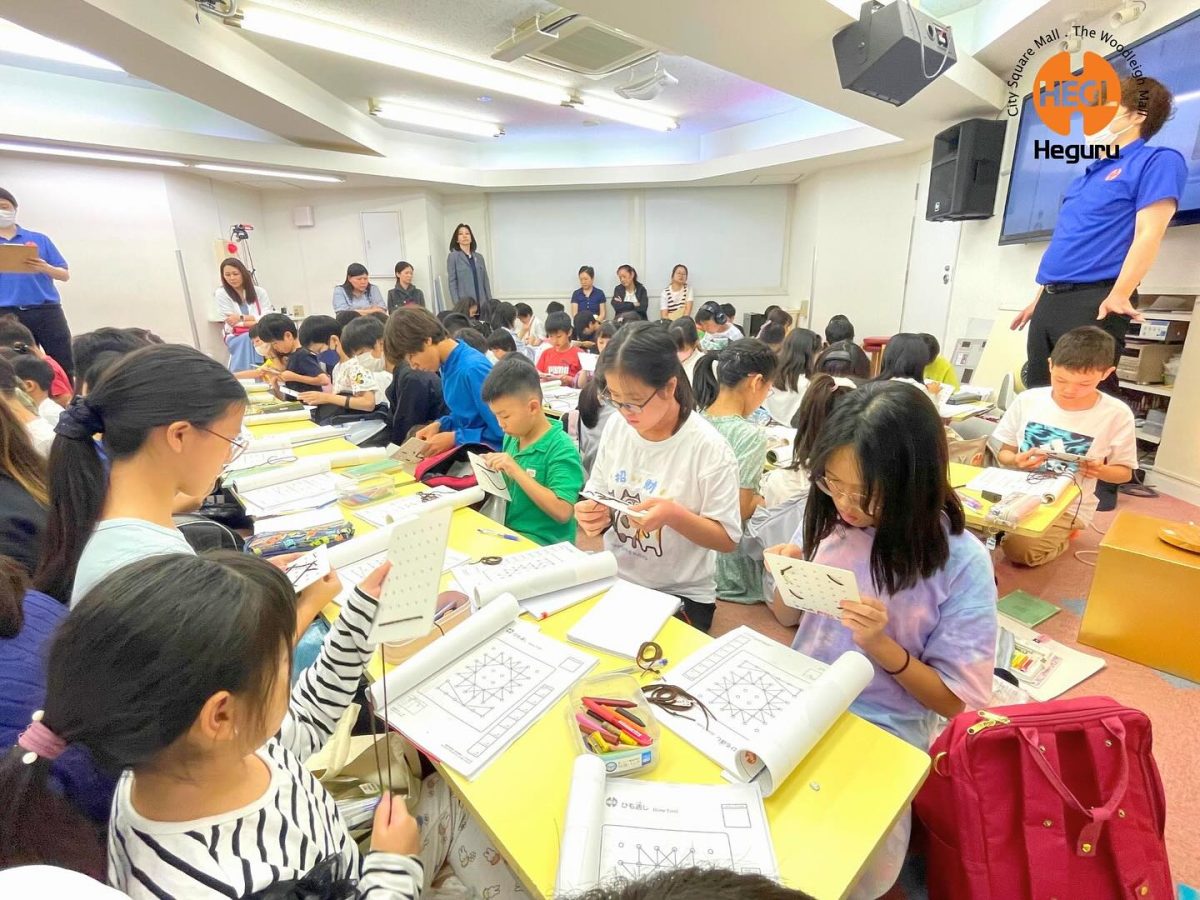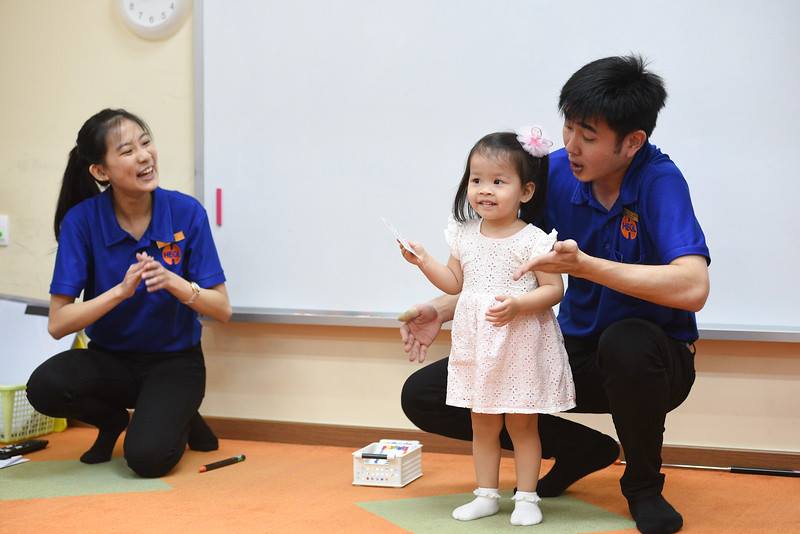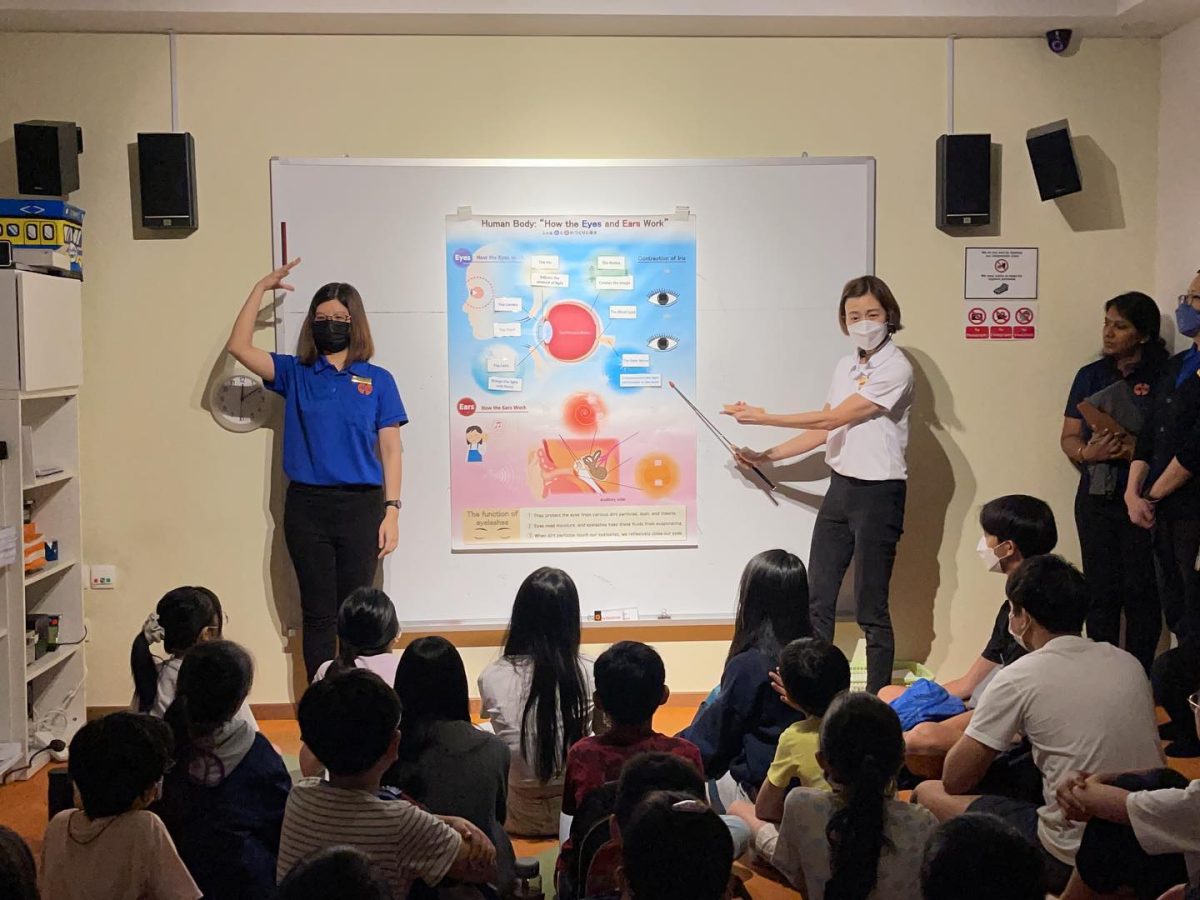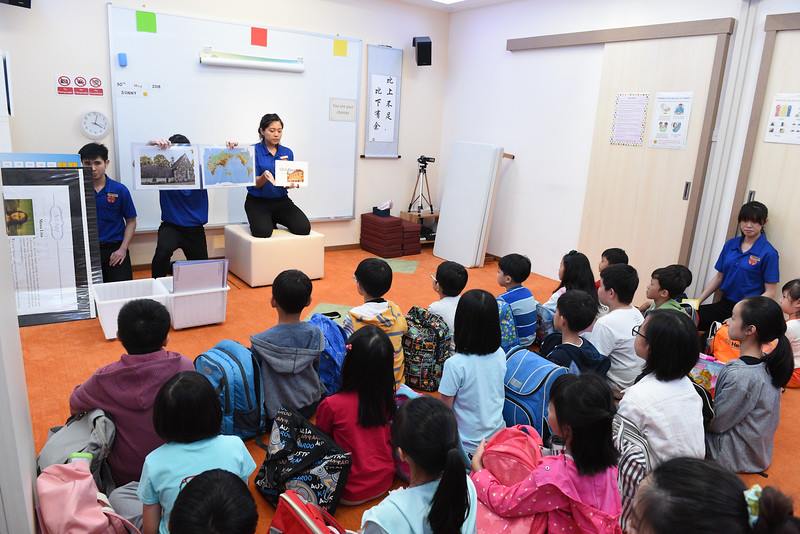Children’s minds grow rapidly in their early years. During this time, the brain develops important pathways that support thinking, memory, and attention. Parents and teachers often search for learning methods that help children make the most of this critical stage. The Heguru method stands out because it strengthens the whole brain, not just part of it. It helps child minds grow stronger and work more efficiently through unique activities that boost thinking power.
Rather than focusing only on academic results, this method builds the brain’s core abilities. Children practise using their memory, focus, and imagination. These skills help them feel confident and ready to absorb new knowledge. The Heguru method guides children through structured lessons that support their development step by step. Let’s explore how this approach builds a powerful learning foundation for children during their formative years.
What Is the Heguru Method?
Rooted in Neuroscience and Cognitive Theory
The Heguru method originated in Japan. Experts developed it after many years of studying brain development. They observed that in early childhood, the right side of the brain remains more active than the left. This side manages functions like images, emotions, rhythm, and imagination. The Heguru method enhances these skills while the brain is most receptive to absorbing them.
Purpose and Focus Areas
This method uses fast-paced, hands-on activities. Children listen, look, move, and respond quickly. These activities help them improve how fast they think and remember. The goal is to support a child’s ability to recognise, notice patterns, and understand space and numbers. Later, the programme shifts to include logic and language, keeping both sides of the brain balanced.
Structured Curriculum and Age-Specific Learning
Phase-Based Learning
The Heguru method splits its programme into levels based on a child’s age. Each stage includes activities that suit how children think and grow at that age. The sessions follow a rhythm that keeps children alert and focused. This method doesn’t rush learning but ensures steady, purposeful progress.
Skill Development Focus
Early on, the sessions spark right-brain activity. Later, the method introduces left-brain work such as writing, reading, and problem-solving. This balance helps children prepare for school and beyond. They don’t just take in knowledge—they practise using it.
Key Cognitive Areas Supported
Memory Enhancement
Children strengthen their memory through short, clear tasks. Teachers briefly show pictures, symbols, and numbers for just a few seconds. Children learn to recall what they’ve seen without stress. Over time, they become better at retaining and using information.
Concentration and Focus
The Heguru method sharpens children’s attention. Because each activity moves quickly, children must stay alert. This strengthens their ability to block out distractions and maintain focus. These skills enhance learning in all areas.
Visualisation and Spatial Skills
Some activities require children to visualise images or arrange objects in space. These tasks improve their understanding of shapes, puzzles, and even directions. These skills also support reading, drawing, and maths.
Teaching Techniques and Delivery
High-Speed Input
During lessons, children see many images and hear many words quickly. The fast pace keeps their brains active. Instead of feeling tired, their minds stretch to catch the rhythm. This improves how quickly they process what they see and hear.
Multi-Sensory Stimulation
Children don’t just sit and listen. They clap, point, move cards around, and sing. The method engages all five senses to enhance children’s memory. This way, their brains form stronger connections between ideas and actions.
Repetition and Reinforcement
The Heguru method revisits certain tasks week after week. This helps children internalize patterns and information. Through consistent practice, their progress becomes effortless and almost unconscious.
Instructor Training and Programme Quality
Certified Instructors
Every teacher completes a training program approved by the method’s original creators in Japan. These instructors know how to deliver each lesson effectively. They adjust their style to match the group’s needs while maintaining the method’s integrity.
Consistency Across Sessions
Each class follows a familiar pattern. Children learn when to listen, respond, and move. This structure helps them feel secure and keeps them engaged throughout.
Impact on Early Learning Potential
Accelerated Cognitive Readiness
The method enhances a child’s ability to understand new ideas quickly. It prepares their brain for more detailed school lessons and supports faster overall thinking.
Language and Number Recognition
Children who use the Heguru method are introduced to letters, words, and numbers early. They practise reading and solving simple problems. These exercises build the skills needed for primary school.
Improved Learning Confidence
Children feel confident when they remember and apply what they’ve learned well. They look forward to new challenges and become more active in lessons. This confidence grows stronger as their brain becomes quicker and more focused.
Scientific Support Behind the Method
The Heguru method aligns with what science tells us about early learning. The brain builds connections more rapidly before the age of six. During this time, it easily absorbs images, sounds, and patterns. The Heguru method helps children take advantage of this window of opportunity through targeted, fast-paced lessons.
Each component of the method—memory games, visual training and number puzzles—follows patterns that help the brain grow stronger. Rather than simply providing answers, children practise storing and recalling information. This enables them to apply knowledge later, even in subjects like science or music.
Why the Heguru Method Stands Out
Unlike casual classes or open play, the Heguru method follows a set plan. It matches every activity with a learning goal. It also maintains the balance between right-brain and left-brain activities. This ensures that no part of the brain is ignored.
When reading Heguru Reviews, you may notice how often parents mention improvements in their child’s focus and thinking speed. Another Heguru Review pointed out that various activities helped build academic skills and mental strength. These results show that the method offers more than short-term gains—it builds core learning skills for life.
Programmes and Availability
Families can find licensed Heguru Centres in various places, including Singapore. These centres follow the same format and teaching standards created by the founders in Japan.
Programmes include:
- Classes for infants and toddlers
- Courses for preschoolers
- Structured lessons for primary-level children
Each group receives age-specific training with tasks that grow more advanced over time.
The End Note
Early learning goes far beyond counting or spelling. It shapes how a child thinks, remembers, and responds to the world. The Heguru method supports this early brain growth through fast, focused, and balanced training. Its lessons align with how children naturally learn rather than working against it. Children develop these abilities early and become better learners in every way. They pick up new subjects more easily. They solve problems with confidence and think clearly while staying focused for longer. This makes the classroom a space where they feel prepared and capable.
For parents and educators seeking a strong, proven approach to brain development, the Heguru Method is an excellent choice. It doesn’t wait for school to begin before helping children build their cognitive abilities. Overall, this gives them the mental tools they need when their minds are most ready to use them.

